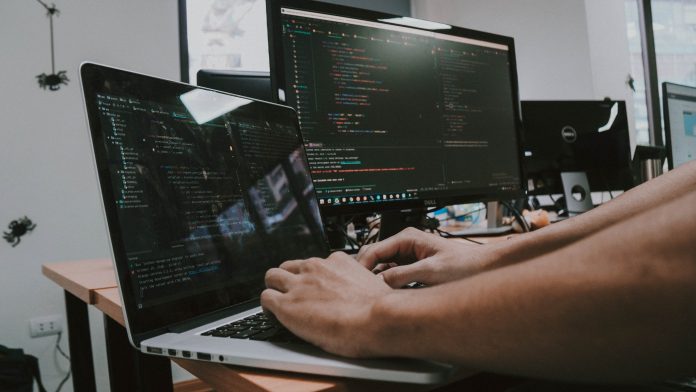Businesses have had to quickly modify their strategies to protect the security of their data and employees as remote work has grown in demand. As remote work becomes more common, businesses must have proper security measures to safeguard themselves against cyber-attacks and use valuable information.
In this article, you’ll go over five essential strategies for securing remote work, safeguarding business data, and keeping employees secure. These solutions can help businesses in overcoming the problems of remote employment while maintaining a solid security posture.
- Know where your data stays
One of the first steps towards protecting remote work is to identify where your data is kept. With employees accessing business resources from a variety of places, it is crucial to understand where sensitive information is stored. Cloud services, private servers, and personal devices are examples of this.
Businesses may better analyse possible dangers and apply appropriate security measures if they know where their data is housed. Setting standards for remote employees on how to manage and preserve business data, whether they are working from a personal computer or a company-issued device, is also important.
- Utilize encryption
Encryption is an essential tool for protecting sensitive data, particularly when employees work remotely. Encrypting data turns it unreadable to anybody who fails to possess the necessary decryption key. In the incident of a data vulnerability, this offers an extra degree of security.
Businesses should ensure that encryption is enabled on all business devices, including laptops and mobile devices. In addition, when employees access business resources remotely, employing a virtual private network (VPN) can offer an additional level of encryption.
- Implement multi-factor authentication
MFA is a security strategy that requires users to authenticate their identity by using a password, confidentiality question, or biometric verification. This is an important method for safeguarding remote work since it gives a higher level of cyber security against unauthorized access.
MFA makes it impossible for malicious individuals to access critical information even if a password is compromised. Businesses should demand MFA for all employee devices and accounts, including email and cloud services.
- Train employees on cybersecurity best practices
Human error is one of the most dangerous threats to a company’s cybersecurity. This is especially true in a remote work environment, where employees may not have access to the same level of IT support and training as they would in an office. Businesses must educate and train their remote workers on cybersecurity best practices.
This might include recognizing phishing emails, creating secure passwords, and staying away from public Wi-Fi systems. Regular training and reminders can help employees in being careful and protecting business data.
- Have a response plan in place
Even if every preventive measure is taken, a cyber-attack or data breach may still occur. As a result of this, it is especially important for businesses to have a plan of action in place. This strategy should detail what to do in the event of an attack, such as quickly removing infected devices from the network and notifying the necessary parties. A planned response strategy can assist in reducing the negative impact and minimize the effect on the company. It’s also necessary to continuously evaluate and enhance this approach in order to preserve its effectiveness.
Finally, as remote work becomes more common in modern workplaces, it is essential for businesses to prioritize cybersecurity and develop effective remote work security practices. Businesses can protect their data and workers in the ever-changing digital ecosystem by identifying where data resides, using encryption, adopting MFA, training employees, and having a response plan in place. To stay ahead of possible dangers and make remote work secure, these techniques should be examined and modified on a regular basis.



